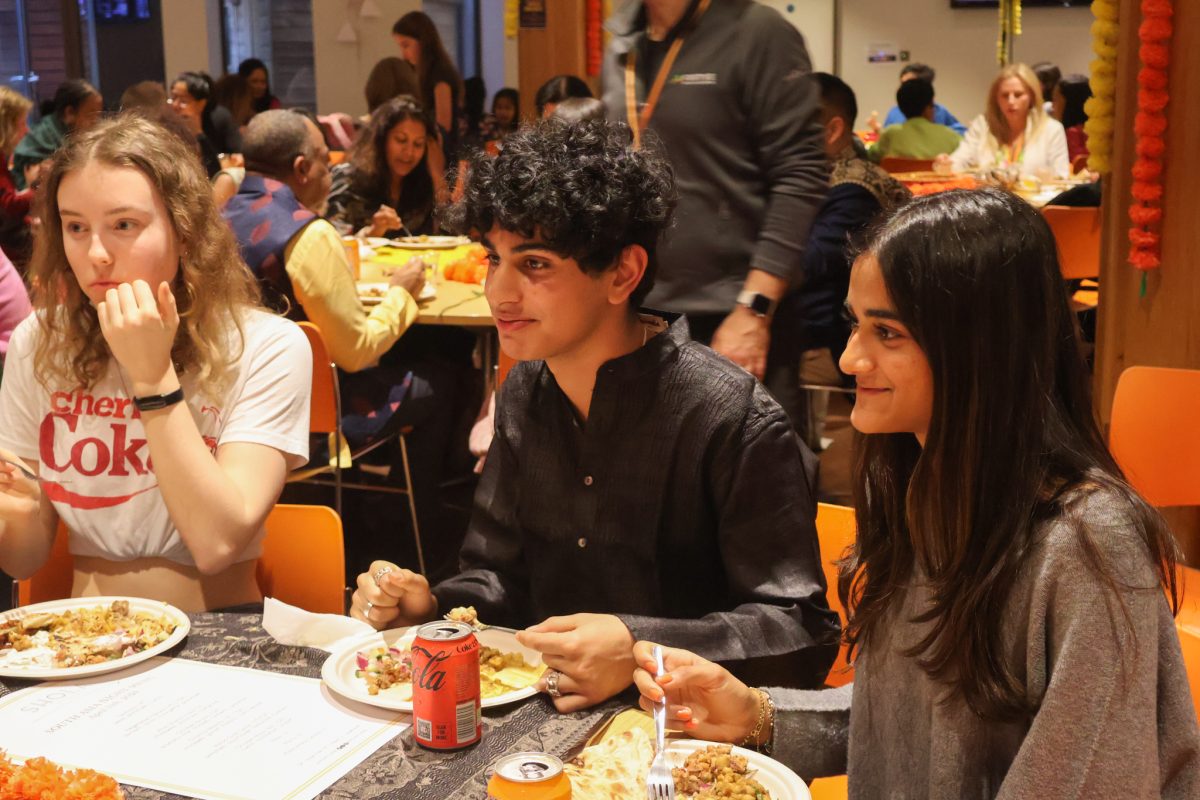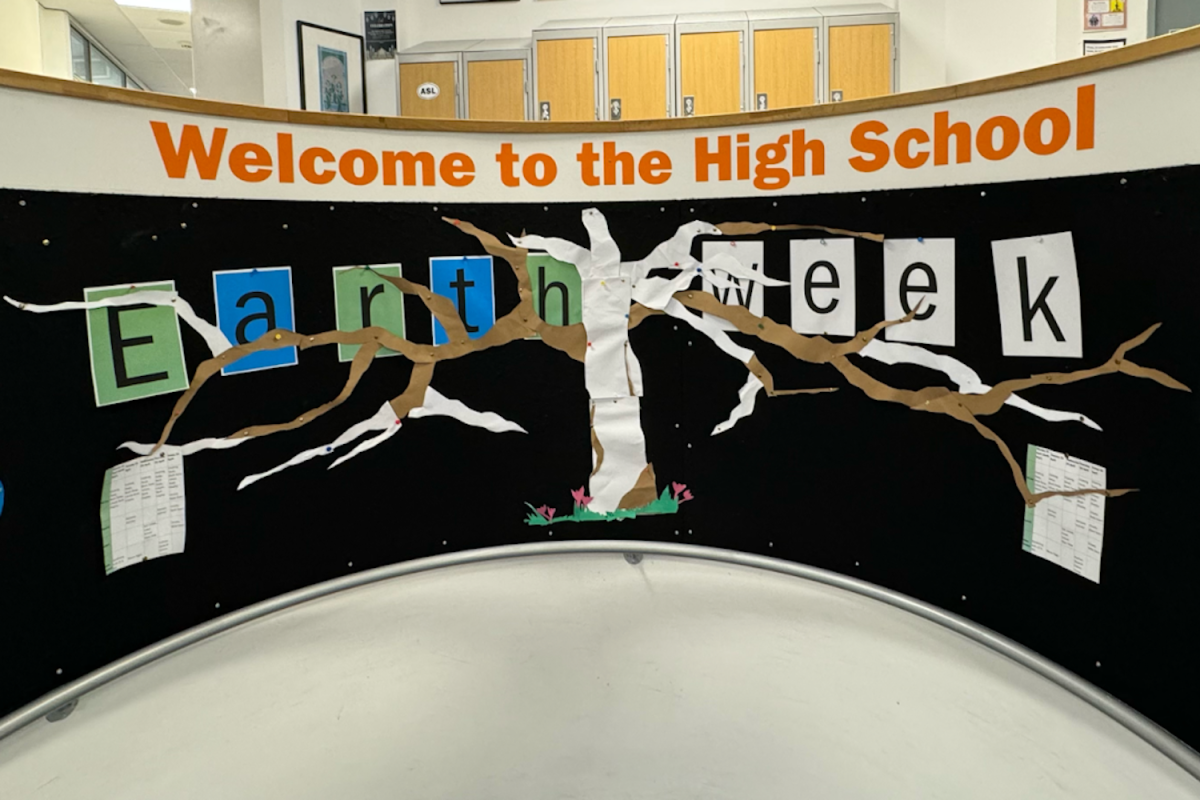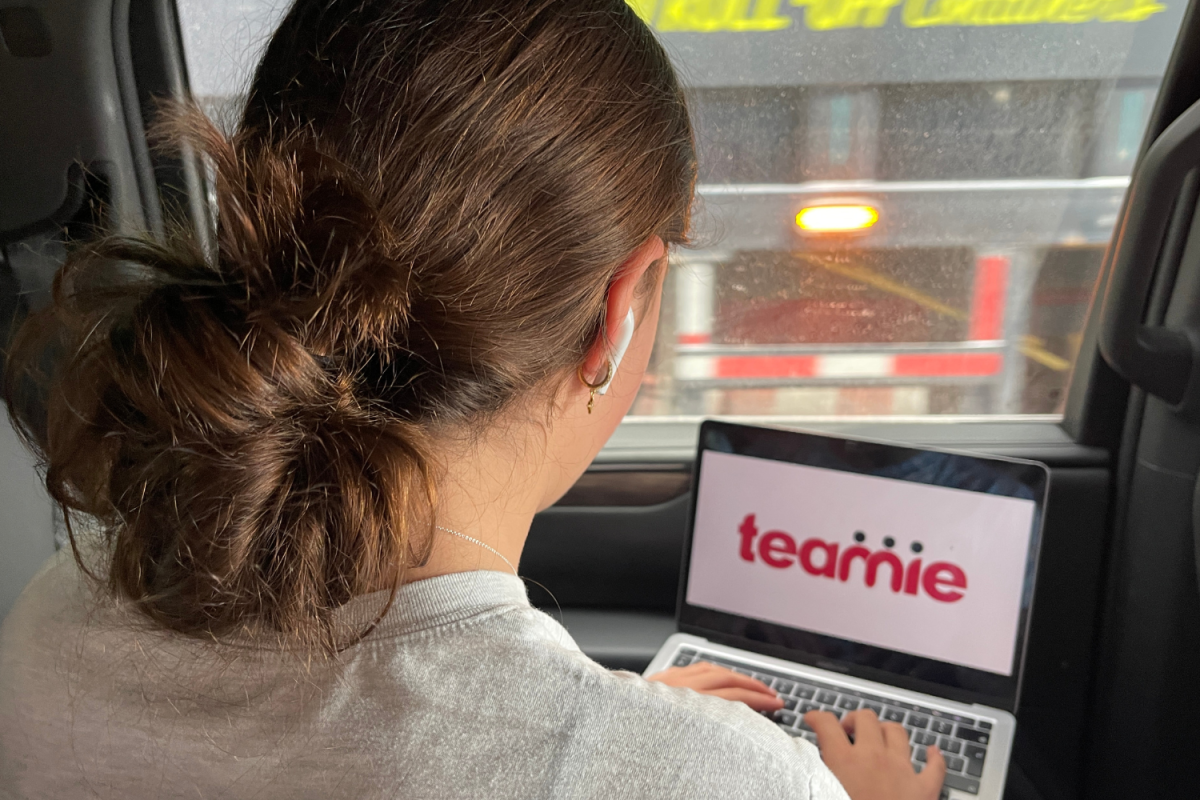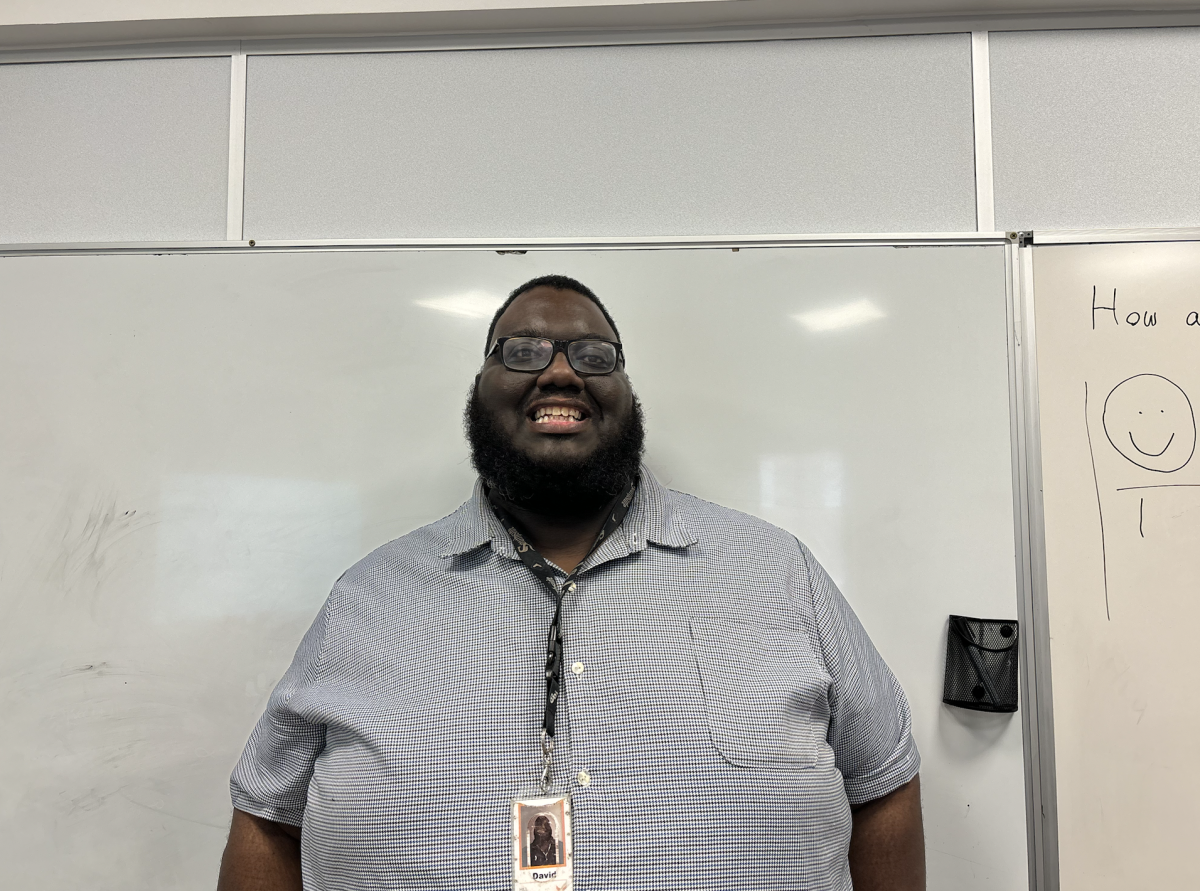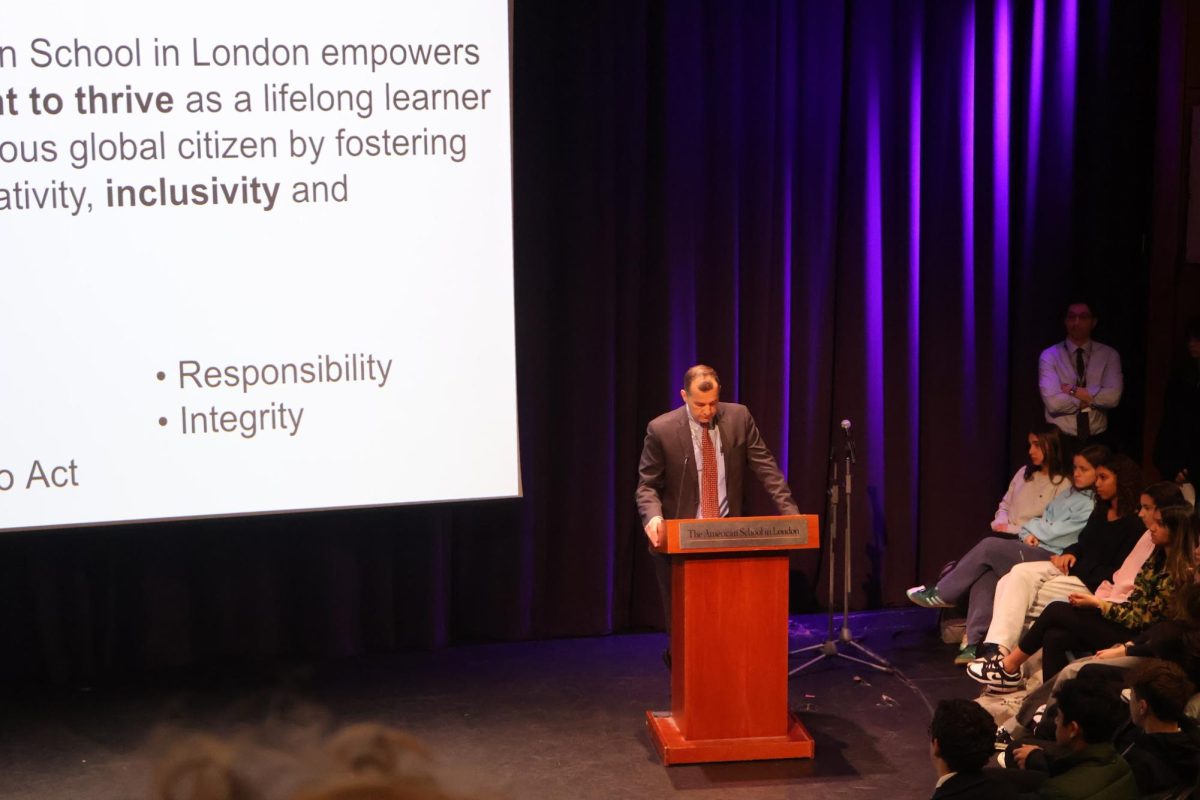Eight days after graduating from high school, Michael Brown, an African-American 18-year-old Ferguson, MO resident was shot dead on August 9. Brown’s shooting gained much national and international media attention as a result of the disputed circumstances of his death, questions regarding the United States judicial system’s relationship with African-Americans, and whether or not the shooting of unarmed Brown was justified or if it was a case of racial profiling.
Nearly four months later, on November 24, a St. Louis grand jury decided not to send police officer Darren Wilson – Brown’s shooter – to trial, with charges ranging from first-degree murder to involuntary manslaughter being dismissed. This decision occurred around the same time as a New York grand jury, who on December 4, decided not to send a police officer to trial who was filmed putting an African-American man, Eric Garner, who was selling untaxed cigarettes on a street in Staten Island into a chokehold, subsequently strangling him to death.
The decision made by the grand jury to not send Wilson to trial sent waves of outrage both in the United States and internationally, with protests including outside the U.S. Embassy in London. St. Louis County Attorney Robert McCulloch held a press conference shortly after the decision to not indict Wilson, explaining the decision made by the jury to not send Wilson to trial was due to eyewitnesses’ unreliability and physical evidence which contrasted against claims made by Brown’s supporters.
However, protesters around the world have viewed Brown’s death and the decision to not send Wilson to trial as bias toward the police force. Consequently, a large reason for the eruption of protests directly after Brown’s shooting was the feeling among Ferguson residents and the greater community that racial profiling played a part in his shooting and African-Americans in the United States were treated poorly in a society that was supposed to be post-racism.
Social Studies Teacher Natalie Jaworski, while unsure whether shooting Brown was justified, believes that the decision made by the grand jury to not send Wilson to trial is part of a greater trend seen in the United States. “What I have seen recently is that when there’s seemingly enough evidence to at least put a police officer on trial, not necessarily to indict them, they aren’t doing that. I think that’s where the injustice lies,” she said.
Jaworski, who teaches the Race and Culture course at ASL, has already held a class with her students about Brown’s shooting, where they made presentations about different shootings by police in the United States in the past 20 years that were perceived to be racially motivated. “The idea of the course for race and culture is to really think about how race, culture, and human rights affect us right now, today.”
While the class is learning about Brown’s shooting, they are thinking about it in the context of past cases of racism in the United States. “We’re looking at the historical roots of those things, but the purpose of studying it is to understand why riots happen over a shooting like Michael Brown. If we don’t look back at the historical root of that, then it’s difficult to figure out what makes people so upset now,” Jaworski said.
When Grade 9 Dean Renee Green first heard of the shooting of Brown over the summer, the first thing she thought of was her own family. “As a sister, as a daughter, as an aunt, I am terrified for the men of color in my family, whether it be that they’re walking, whether they’re on bicycles, whether they’re in cars; at any point they are subjected to the whim and will of police officers,” she said.
Green sees the shooting of Brown as a reflection of a deeper issue within the United States. “It’s hard to unearth and to address all of those historically inlaid racial problems that we have. The fact that you can have Trayvon [Martin], you can have Michael [Brown], you can have Eric [Garner], you have all of these instances of black children, boys, men being mowed down for seemingly no reason,” she said.
While racial segregation did technically end after the African-American Civil Rights Movement, Green does not believe the United States has made significant steps since then with regards to addressing racism, with the killing of Brown as a specific indication. “I think that a lot of people want to say that America is post-racial and racism doesn’t exist anymore, and I think that’s not true. I think that there are lots of scabs of racism and it doesn’t take a lot to scratch them,” she said. “To me, it just is a new way of doing it. I don’t think it’s a greater problem, or a different problem, it’s just newly shaped and there’s new language, and there’s new rules. But I think it’s the same as it perhaps always was.”
A large factor behind the recognition of Brown’s shooting is the uncertainty of the altercation between Brown and Wilson. After Jaworski heard about Brown’s shooting through the protests in Missouri, she found it hard to figure out what actually occurred. “It [social media] seems now to be clouding the ability of people to think about the facts of the case. Even places like CNN will start reporting things because they’ve been tweeted, not necessarily because they’ve been researched and been true,” she said. “To figure out what happened at that moment seems to be more and more difficult with the type of technology that we have now. I’ve read so many conflicting stories about what happened with Michael Brown when he was shot that it’s hard to know the truth anymore.”
Bobby Collins (’16) believes that the grand jury decision to not send Wilson to trial for shooting Brown was substantiated through the evidence behind the shooting. “I think Wilson was carrying out his duties as a police officer, he saw Brown and figured correctly that Brown was the person who robbed the store,” he said.
Collins also believes that because Wilson had never used his gun before while in service, it was an indication that to use it was justified in this case. “Sure, he fired a total of 12 shots out of a 13 round magazine. What a lot of people don’t realize is you can’t just shoot someone once and [expect] they’ll drop dead. He carried a .40 caliber pistol, which is not a particularly powerful round, and for a guy like Brown, that’s going to need six, seven, eight shots to kill him even if those shots are well-placed in chest and head, which the final ones were.”
Aside from the verdict to not send Wilson to trial, Jaworski believes that the protests in the United States highlight a need for reform. “People in the United States have a right to be upset about the way that race is handled. I don’t disagree to the reaction people have had with regards to this case, whether the shooting was justified or not I’m not sure, but I understand the anger and why people are reacting the way they are,” she said. “We have instances that build and build and build, and it takes one particular instance to create a spark like this that’s now creating a national and international conversation about racial profiling.”
Racial profiling made by police officers in the United States does currently exist: According to a 2012 supplementary homicide report by the Federal Bureau of Investigation (FBI), police are 21 more times likely to shoot a black teenager than a white teenager.
According to The Atlantic, in Ferguson, while 67 percent of the community is African- American, only three of the city’s 63 police officers are African-American. At the same time, 86 percent of the people who were stopped by police last year in Ferguson were African-American, and 92 percent of searches made by police officers were of African-Americans. Green believes that the police stop-and-search statistics highlight a problem of racial profiling. “I don’t think that the community of color can be represented when the people in power don’t reflect or don’t live in the communities that they’re serving or protecting, it just seems to me that there isn’t an alignment there,” she said.
While Collins does see racial inequality as an issue in the United States, he does not believe that the shooting of Brown was racially motivated. “If Michael Brown was white he would have been shot, if Wilson was black he would have shot Michael Brown. Regardless of race in this specific case, I don’t think the race of Wilson or the race of Brown had a factor in what the case was,” he said.
Jaworski partly agrees with Collins that Brown’s shooting might not be a complete issue of racial profiling in this case, although it is an indication. “Whether or not the actual action was racially motivated, so many things have happened, that people are going to react in this way. I don’t want to say that it doesn’t matter what Darren Wilson’s actual intentions were, but the consequences of it are happening and have started a discussion that has been needed to happen for a really long time,” she said.
Consequently, while the United States currently has its first president of color, Green does not believe that having an African-American president helps the discussion of race issue in the U.S. “I really appreciate him [Barack Obama], but at the same time he can only do so much because he doesn’t want to be seen as a black president for black people, he wants to be seen as a president for the entire United States,” she said. “I think young people, college students, activists will be really important, people who are interested in social justice. It’s that kind of awakening that will make a difference. I don’t think it’s the politicians, I don’t think it’s the people in power, I think it needs to be coming from the bottom.”
On the other hand, Jaworski believes that part of addressing racial inequality in America as well as the perceived injustice in the case of Brown’s shooting is for students to be informed. From there, they should make a decision for themselves on whether the shooting of Brown was justified or not. “We have you take history classes because history is not a line, it is a circle and we have to recognize the patterns that we see throughout history. They’re not going to be exactly the same, but those patterns are very recognizable as you look over time and it helps you understand the motivations of where people are at now.”

